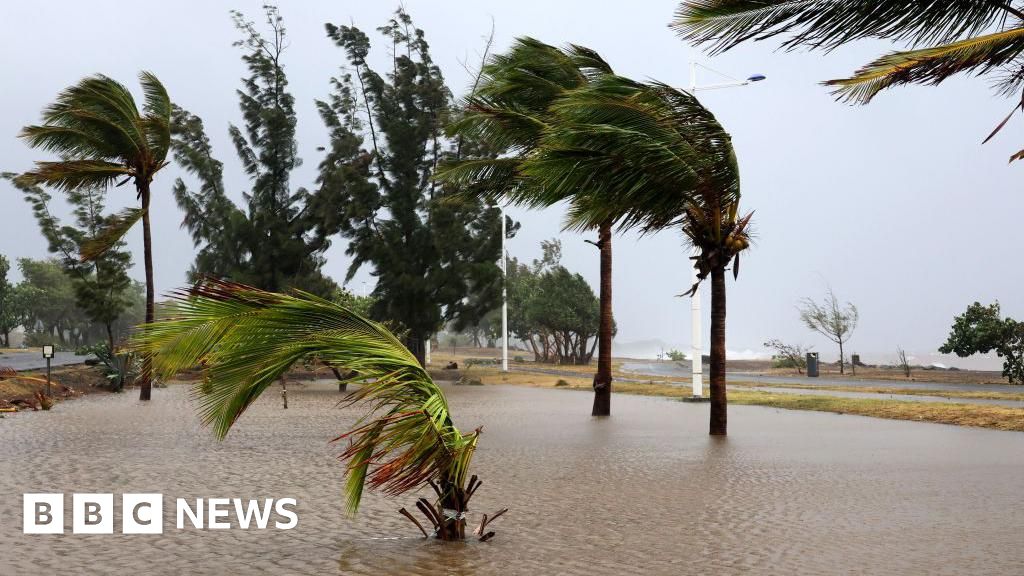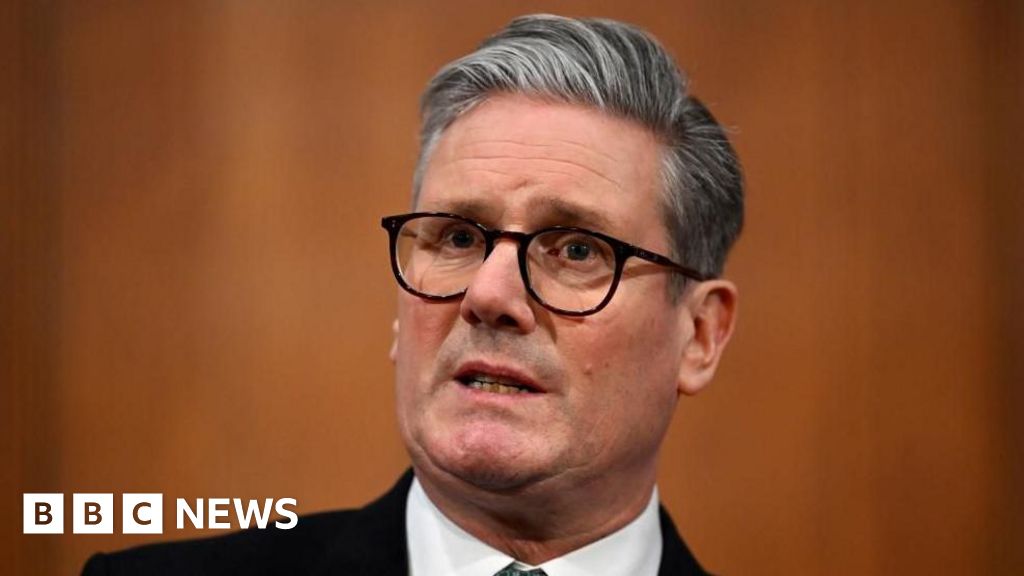
A significant new study reveals that climate change is hastening the reduction of mountain glaciers worldwide, with these ice masses shrinking at more than double the rate observed in the early 2000s.
Research published in this week’s edition of Nature indicates that global glaciers experienced an annual ice loss of approximately 255 billion tons (231 billion metric tons) from 2000 to 2011. This rate increased to nearly 346 billion tons (314 billion metric tons) annually over the subsequent decade. In 2023 alone, the loss peaked at a record-breaking 604 billion tons (548 billion metric tons), marking the end of the study period.
The comprehensive analysis included an international collaboration that compiled 233 assessments of glacier weight fluctuations. Thus far, glaciers around the globe have shed over 7 trillion tons of ice (6.5 trillion metric tons) since the year 2000.
“It’s crucial for the public to understand that glaciers are indeed retreating and vanishing at an accelerated pace,” stated William Colgan, a glaciologist at the Geological Survey of Denmark and Greenland and one of the study’s approximately 60 authors.
Alaska’s glaciers are reported to be melting faster than those in any of the 19 regions examined, resulting in an annual ice loss of around 67 billion tons (61 billion metric tons), according to the research findings.
In terms of percentage loss over the past 24 years, glaciers in Central Europe have been the hardest hit, now measuring 39% smaller compared to their size in 2000. Colgan expressed particular concern for the Alps, noting that “increased summer temperatures have severely impacted the region.”
While concerns fifteen years ago focused primarily on the Andes and Patagonia glaciers, the rapid melting of the Alps has raised alarms, with Colgan warning they may entirely vanish.
“Glaciers serve as impartial indicators of climate change, and their recession reflects the stark reality of rising global temperatures,” remarked Gwenn Flowers, an Earth Sciences professor at Simon Fraser University, who was not involved in this study.
Ted Scambos, an ice expert from the University of Colorado who also did not participate in the research, noted that while glaciers have experienced fluctuations in the past for various well-understood causes, the current trend is unequivocally linked to rising greenhouse gas emissions from fossil fuel combustion. He asserted that “no amount of rhetoric or advocacy will alter this reality.”
Scientists like Scambos and Flowers characterized the findings as both sobering and accurate yet not unexpected.
Colgan added that regions such as the western U.S. are currently benefiting from enhanced water supplies due to rapid glacier melt, but this advantage will wane as glaciers reach a irreversible melting point.
Notably, the contribution of melting glaciers to rising sea levels surpasses that of ice loss in Greenland or Antarctica, as indicated in the study. Only the thermal expansion of water due to warming plays a more significant role in sea level elevation.
The overall rate of glacier loss matches or slightly undercuts findings from previous, less comprehensive studies. However, this new research may provoke even more dire predictions in the future, driven by improved data and escalating temperatures, Colgan stated.
“Losing 5.5% of the global ice volume in just over two decades is clearly unsustainable,” he emphasized. “This trend will undeniably catch up to us.”
The over 600 billion tons of ice lost in 2023 “may seem astonishing today, but it could very well become the norm in a decade,” Colgan remarked. “Mountain glaciers can rapidly shift into a phase of significant ice loss.”
___
Follow Seth Borenstein on X at @borenbears
___
For more climate-related articles from AP, visit http://www.apnews.com/climate-and-environment
___
The Associated Press’ climate and environmental reporting is supported by various private foundations. AP retains complete control over all content. You can view AP’s standards for collaborating with philanthropic organizations, along with a list of supporters and funded topics at AP.org.









